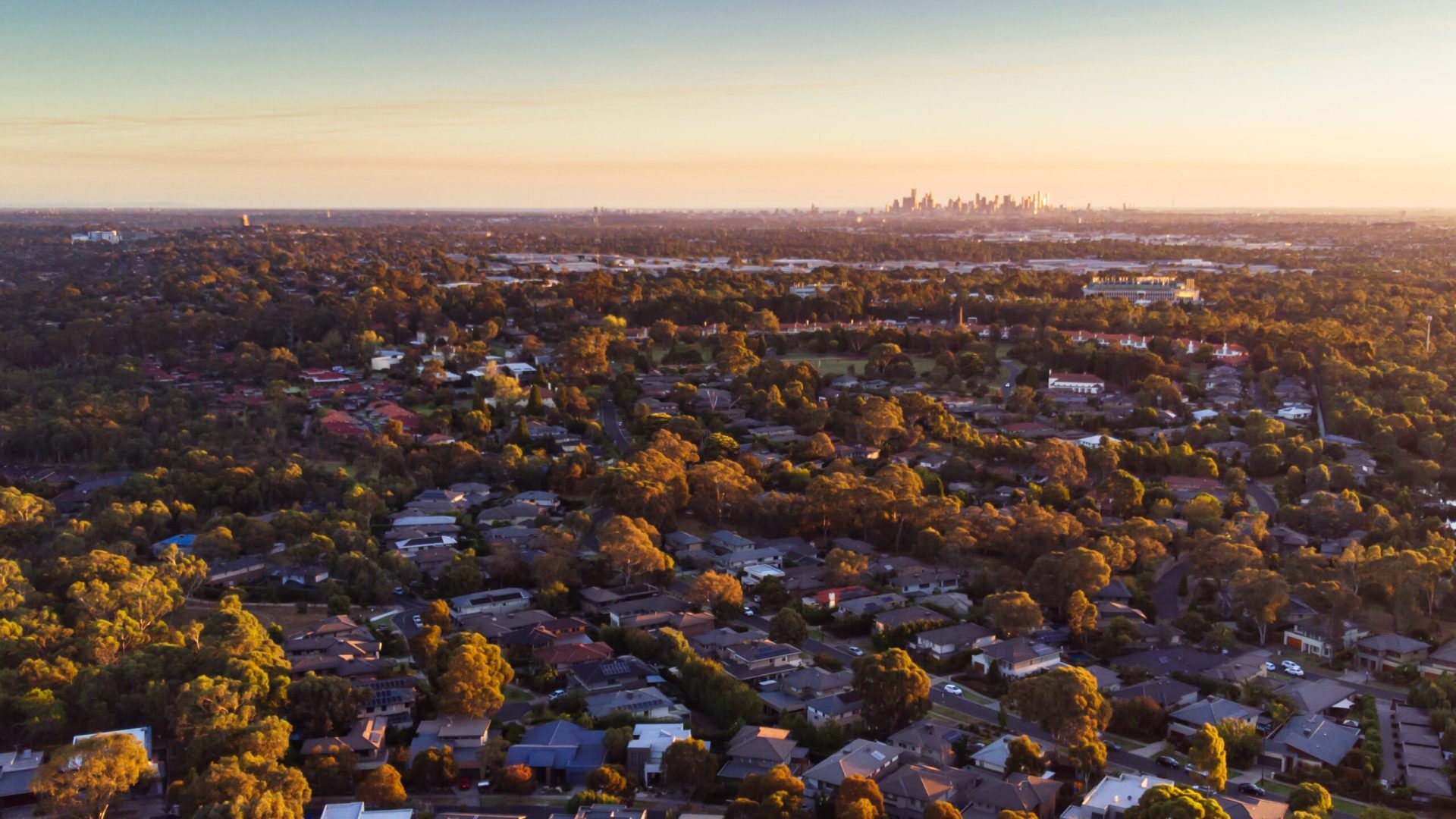The vast majority of long-term property investors in Australia make money. That’s why our property market, which is now valued at more than $11 trillion, is the greatest source of wealth for Australian household – it’s worth more than the value of the share market, commercial property market and superannuation pool combined.
But not every property owner is a successful investor. The difference between successful investors and “the rest” comes down to three key factors:
- Where they buy
- What they buy
- When they buy
Most investors spend their time scouring real estate websites looking for a property that has “cash cow” written all over it. The best investors spend their time trying to understand if now is a great time to buy and, if so, where is the best place to buy “right now”.
As we navigate through this year, the political and global economic landscapes are clouding the crystal balls of property investors across the country. Here, we take a look at what is driving the market and how one of the biggest issues affecting Australia, the global tariff wars started by the US, will play out in our property market.

The Impact of Tariffs on the Property Market
The biggest story of 2025 so-far is Donald Trump’s tariffs and the fear that introduction of these trade barriers will create global economic turmoil. While newspapers love to talk about tariffs and share market crashes, the impact of tariffs is quite complex and not easily translated into an attention-grabbing headline.
Here’s a brief summary of how US tariffs will impact the Australian market.
- Tariffs are a Tax on US Importers, not Australian Exporters: Tariffs are essentially a tax on importers, which means that American importers pay more for goods, including Australian exports like iron ore and wine. This increased cost can lead to higher prices for US consumers, which makes imports less competitive and can force suppliers to lower their prices to remain competitive.
As US manufacturers often import raw materials and components from other countries to be finished in the US, those end-products will also increase as a result of the higher import costs.
- Flow-On Effects: If Australian exporters, along with those from other nations, face barriers to competition in the large US market, they can either reduce their cost and face lower profits, or they can direct their goods to local, or other overseas, markets. As Australia is a relatively small country our exports are unlikely to make a dent on global trade prices, but larger countries, like China, produce vast amounts of goods which could then become available in other markets, lowering the price of buying foreign-made goods in Australia and lowering inflation.
Lower inflation will open the door for lower interest rates, which will reduce the cost of servicing interest for the 3 million home owners with a mortgage. This will improve the savings rate of Australians and benefit the broader economy.
Lower interest rates will also improve affordability for people looking to enter the housing market, creating more competition for established house, pushing up prices and leading to an increase in home building activity.
- Opportunities in Uncertainty: Despite the challenges, periods of uncertainty often present the best opportunities for property investors. Historically, times of economic uncertainty have led to significant gains in the property market as policy-makers such as the RBA and Federal Government take measures to rebuild confidence in the economy. These measures take the form of lower interest rates and incentives for households to spend money – particularly in the housing market. That is why we recently saw both major parties offering substantial new handouts for first home buyers. What’s good for the housing market is generally good for the economy, and for politicians being re-elected.
Strategic Timing for Investment
One of the most critical insights from the successful property investors that I speak with every day is that the best times to invest are often during periods of uncertainty when market sentiment is low. This is also supported by our analysis of data.
In particular, when we look at recent periods of economic uncertainty (Covid lockdowns, the European Sovereign Debt Crisis, the GFC, September 11 terrorist attacks and the introduction of GST in Australia, being the key periods that come to mind), we see that the people who purchased property immediately after the initial uncertainty had subsided were the investors that made the most money. The two years following these events generally saw above-average growth.
Here are some key points to consider:
- Interest Rate Adjustments: In response to economic uncertainty, central banks often lower interest rates to stimulate the economy. This can increase borrowing capacity for property buyers, leading to higher property prices.
- Government Stimulus: Government policies aimed at boosting the economy, such as infrastructure investments and first home buyer incentives, can spark economic activity, improving the job market and increasing wages, create more favorable conditions for property investment.
Long-Term Growth: Despite short-term fluctuations, the Australian property market has consistently shown long-term growth. Investors who can navigate the uncertainty and make informed decisions are likely to reap significant rewards
Conclusion
As we move through 2025, staying informed about the political and economic landscape is essential for property investors. By understanding the implications of tariffs, and by strategically timing your investments, you can position yourself to take advantage of the opportunities that arise in times of uncertainty. Remember, the key to successful property investment is not just about what you buy, but when you buy it.









